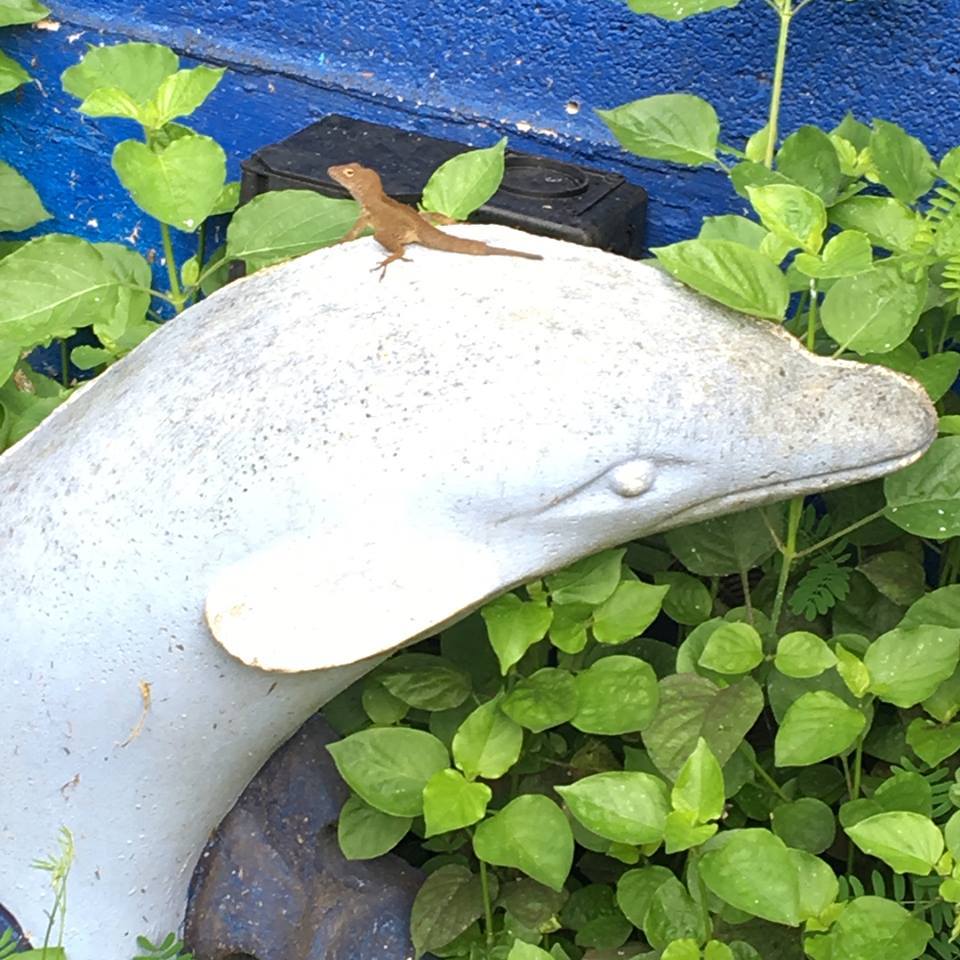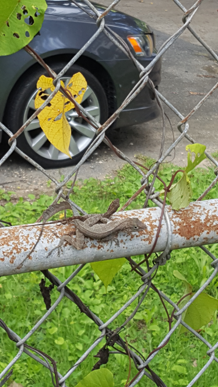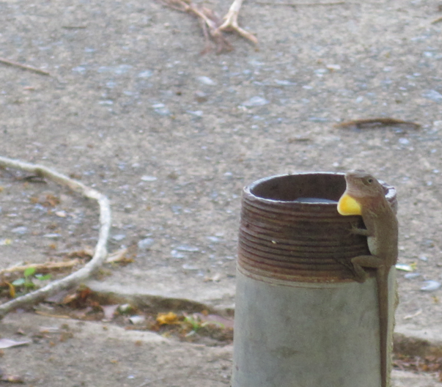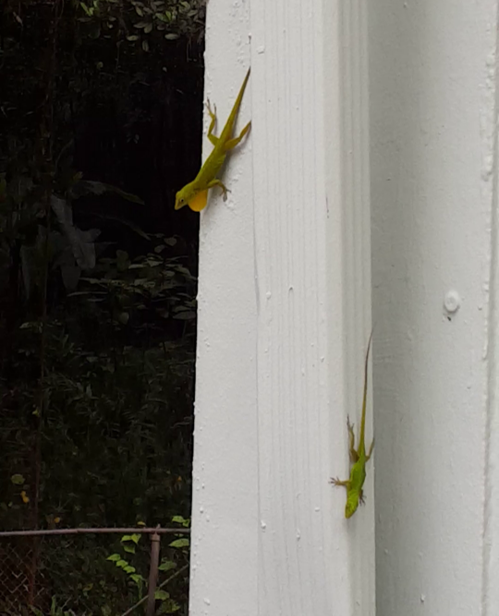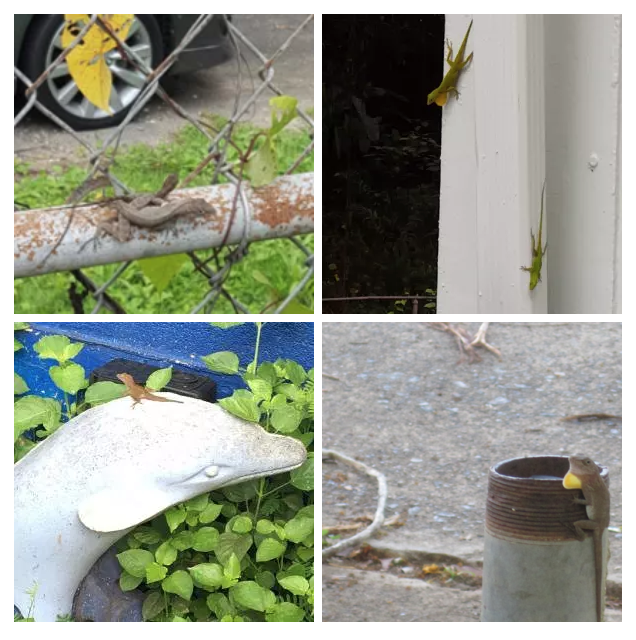As urbanization continues to reshape landscapes, its effects on wildlife have become a subject of growing concern. In the unique context of Cuba, a recent study focused on an endemic lizard species, Anolis homolechis, found in both natural and suburban environments. This in-depth study relied on adapted tracking methods deployed over several years and explored... Continue Reading →
CityShape: How Urban Environments Have Shaped the Toes of Puerto Rican Crested Anoles
Anole lizards are rapidly becoming a model for urban adaptation. Anolis cristatellus, or the Puerto Rican crested anole, is a lizard species that has a great affinity for city-living. Previous work has demonstrated shifts in toepad morphology with consequences for locomotion: urban lizards have larger toepads with more specialized sub-digital scales specialized for clinging to smooth surfaces (known... Continue Reading →
Is Plastic Always Fantastic? Selection on Thermal Plasticity in Urban Anoles
A recent publication in Nature Communications goes above and beyond in studying how selection on adaptive and/or maladaptive gene expression plasticity may be regulating thermal tolerance in urban anoles. The importance of plasticity in the colonization of new environments is a widely-accepted argument, however, the role of plasticity in facilitating adaptive evolution remains controversial. Plasticity... Continue Reading →
New Lit Alert: Niche lability mitigates the impact of invasion but not urbanization
Niche lability mitigates the impact of invasion but not urbanization Borden, J. B., Bohlman, S., & Scheffers, B. R. Abstract Native species can coexist with invasive congeners by partitioning niche space; however, impacts from invasive species often occur alongside other disturbances. Native species’ responses to the interactions of multiple disturbances remain poorly understood. Here we... Continue Reading →
Urban Lizards Like it Hot (and their genes may tell us why)
Cities are hot. Because of the urban heat island effect, urban environments tend to be significantly warmer than nearby non-urban environments. For ectothermic organisms, like lizards and insects, elevated urban temperatures create thermally stressful conditions. It might be unsurprising then that researchers have documented an increase in thermal tolerance in urban animals (e.g., City Ants... Continue Reading →
Urban Observation of the Week: Graffiti Anoles
When a wall is painted over many times, it will start to have layers peel off. These cracks in the paint apparently make a great hideout for anoles. Do you have a photo or video of an urban species doing something unusual? What about a rare plant or animal that you were surprised to find... Continue Reading →
Lighting Up Anoles at Night!
This week we are cross-posting (again) from Anole Annals. Check out the original post here, written by Pavitra Muralidhar. How we perceive and interact with the world is strongly shaped by natural light. How much light there is at a given time determines whether we’re sleepy or awake, and whether we’re bracing for winter or... Continue Reading →
Tolerance to Urbanization is Widespread in Anoles
This week we are cross-posting from Anole Annals. Check out the original post here. Seven years ago I asked for the help of Anole Annals readers as I started to think about how different species of anoles throughout the Caribbean tolerate urbanization. This question, it turned out, was a lot more complex than I had... Continue Reading →
SICB 2020: Artificial Light at Night and Stress
Urban areas are easy to find during the night as they quite literally light up. Urban light pollution disrupts biological processes from gene expression to ecosystem composition across multiple taxa, including birds, insects, mammals, and fishes. With ever-increasing urbanization, understanding the effects of artificial light at night (ALAN) on urban organisms is crucial to future... Continue Reading →
Urban Observation of the Week: Anolis grahami
This week we wish you a Happy Valentine's Day, urban anole style! Here's some photos I took of Anolis grahami in Kingston, Jamaica a couple of weeks ago. Anoles have a colorful throat fan (called a dewlap) that they extend to signal to other males in dominance displays and to females they would like to mate... Continue Reading →









